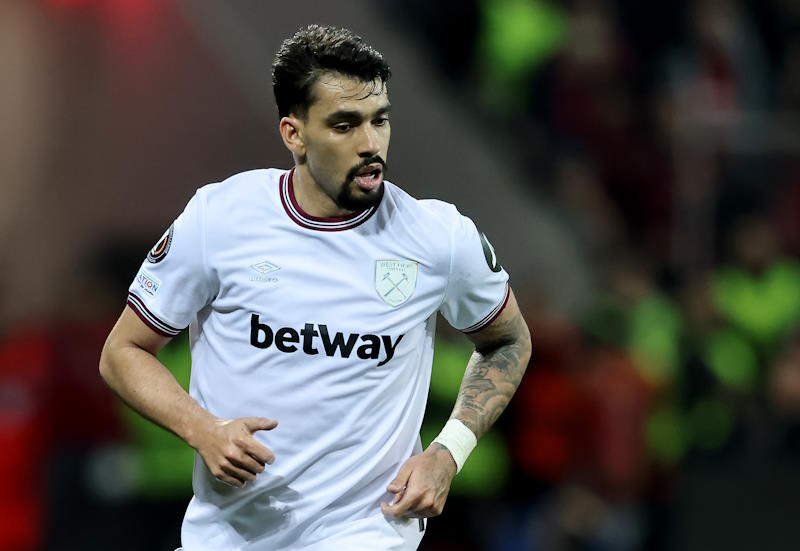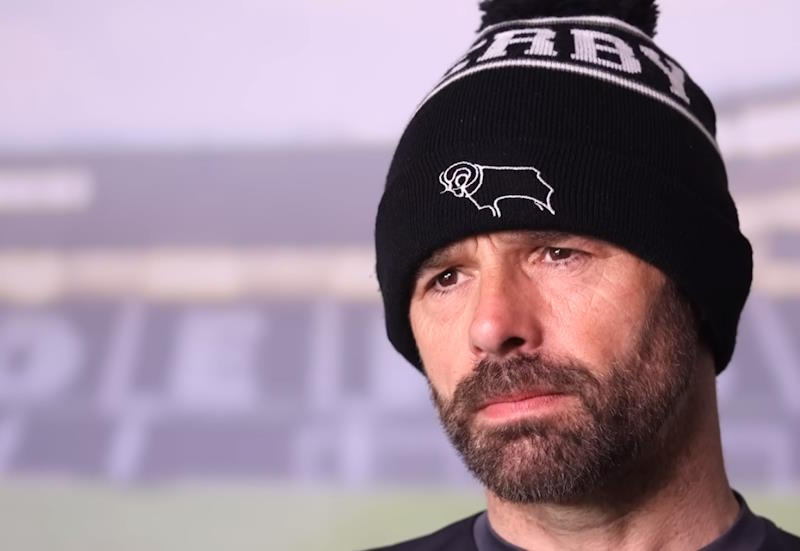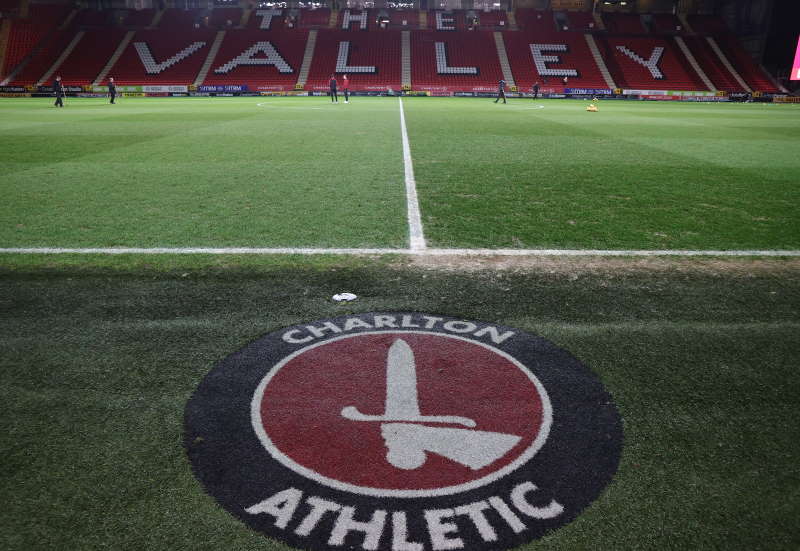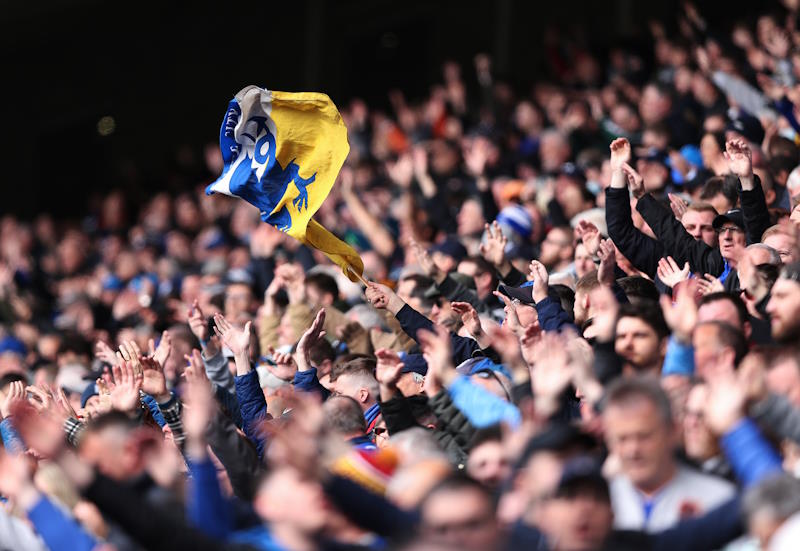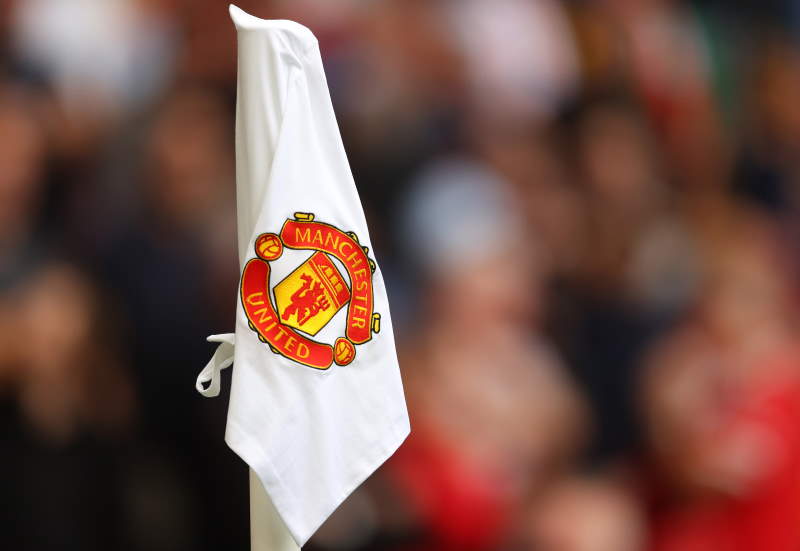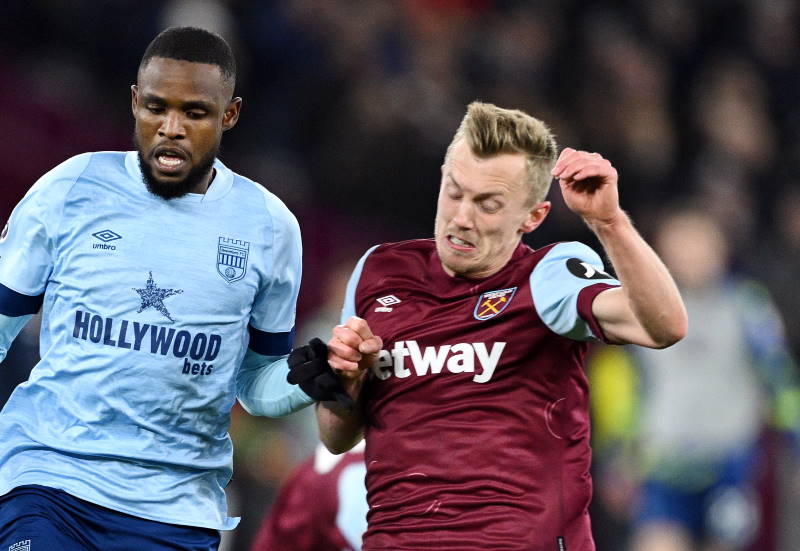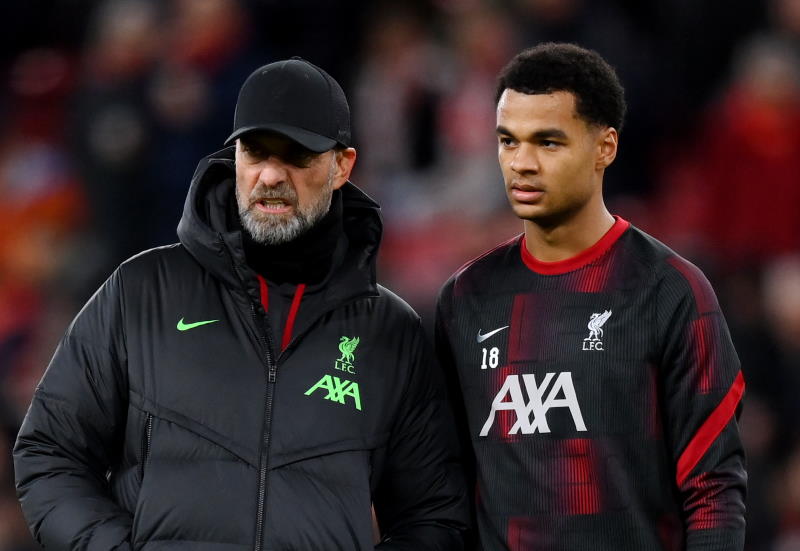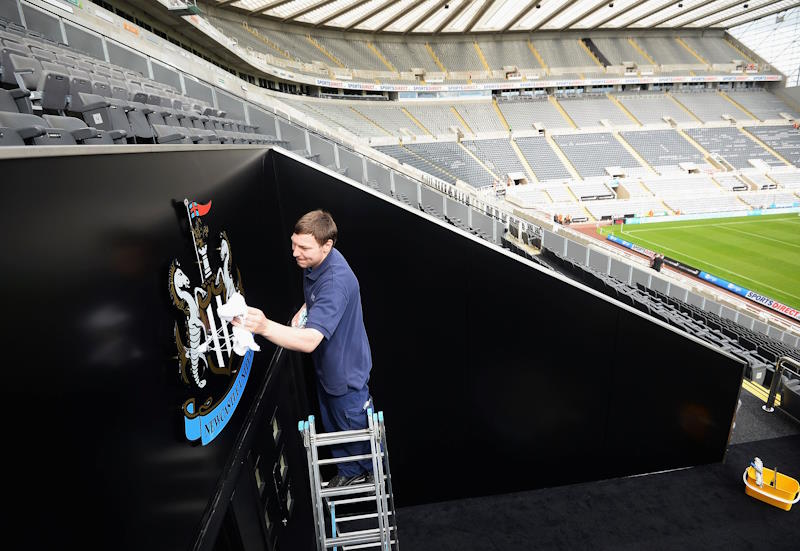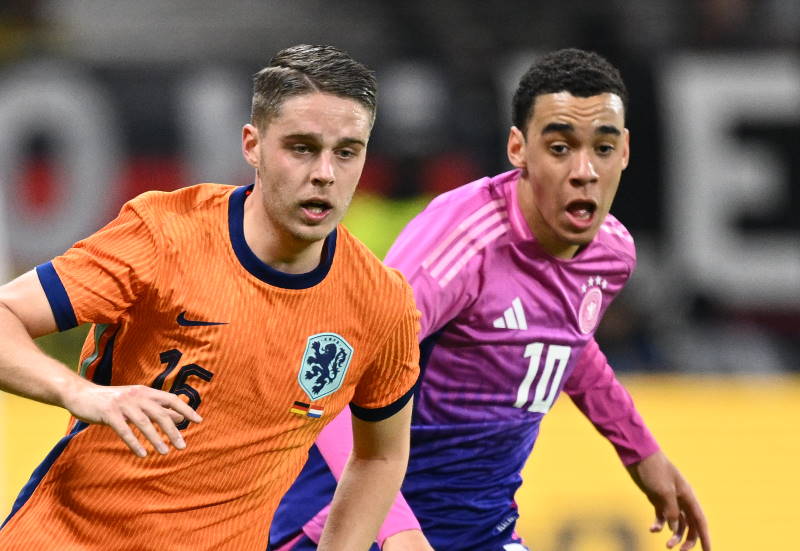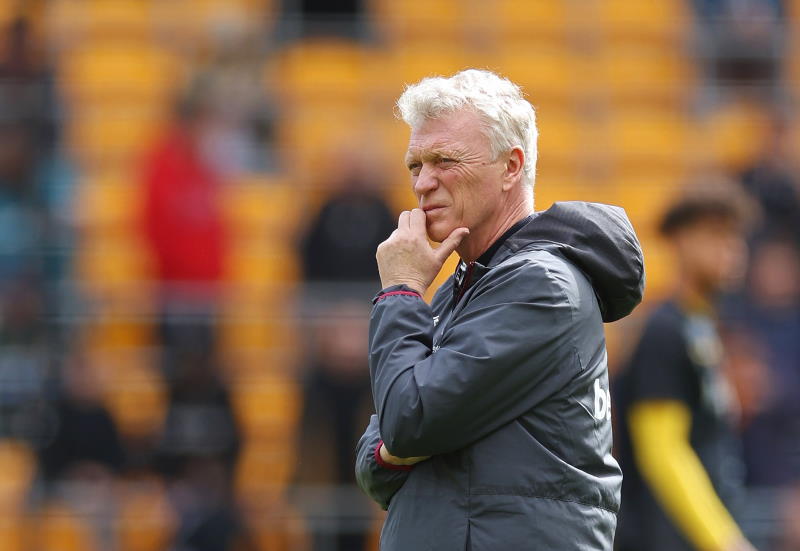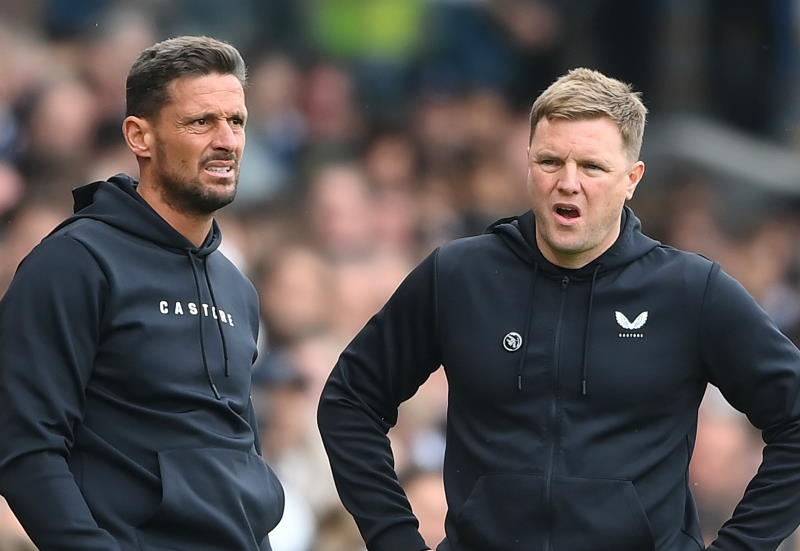
France is one of Europe’s most impressive developers of young talent – the country’s 1998 World Cup win owed much to a ‘golden generation’ featuring the likes of Thierry Henry and Zinedine Zidane. And the success of the French youth system itself is in many ways down to the Clairefontaine academy. The centre is one of nine major football schools across France, and serves as a magnet for the best players from the Ile-de-France region.
The academy is the brainchild of Fernand Sastre, the former President of the French Football Federation who envisaged a national centre for football which would enable French youngsters to learn their trade and develop their skills to prepare them for the professional game.
Located near Paris, the complex opened in 1988 and has since developed some of the country’s most talented players, including, in addition to Henry, Tottenham Hotspur defender William Gallas, Newcastle United winger Hatem Ben Arfa and Chelsea striker Nicolas Anelka. Equipped with a library, cinema and nine pitches, as well as over 300 beds, Clairefontaine is possibly Europe’s premier footballing institution, though competition from Barcelona’s La Masia academy for that accolade is fierce.
Clairefontaine brings players through from the age of 13 and gives them a three-year education where they hone their technical skills meticulously. The logic behind taking players at this age is that the French see these as the key years of a footballer’s development. Current Aston Villa and former France boss Gerard Houllier is just one of many top coaches to go on record to state that the ability of a coach to influence the development of a player after the age of 16 is minimal, with room for “20% improvement.”
Players train at Clairefontaine from Sunday evening to Friday evening, and play for their clubs on a Saturday. The hopefuls train for twice as much time between 12 and 16 as their English counterparts, and spend significantly more time with the ball, ensuring the French have a long standing relationship with technique that will give them a succession of teams capable of winning the world’s biggest competitions.
Clairefontaine, like all great academies, places significant importance on technique and ability to control the ball. The director, Andre Merelle, has devised a series of meticulous drills to hone passing skill, focusing on the position of the standing foot and the exact position of the foot which comes into contact with the ball.
Students at the Parisian complex undertake drills with their right foot, and then they switch to using their left, to ensure the development of the balance required for both feet to shift the ball more comfortably and quickly. It is a far cry from their rivals across the English channel, where the country’s youth system pays no attention to developing the skill of using both feet, and actively diminishes the prospects of those who can actually use their left feet making it in the game.
Starlets are also rigorously trained in the tactical side of the game, learning to support the player in possession, and emphasising the importance of quick, one touch passing and constant movement to create space. Perhaps the most interesting contrast with the Spanish system is the pace at which the players are trained, with youngsters taught first to develop their skills and secondly to put these into practice at pace. Barcelona’s academy uses the same one touch pass and move ethos, but there is less emphasis placed on the speed of the play, with players encouraged to wait for the right moment to pick a pass. The French system forces youngsters to play the ball quicker, which explains why players from Ligue 1 are more adept when it comes to adapting to quicker paced competitions such as the English Premier League than their Spanish counterparts.
The key difference between the English and French systems is that the latter actively resists the ‘win at all costs’ mentality. Merelle insists that the English system, as he describes it, requires players to be physically strong and fast at the expense of developing technical skill and quality. Clairefontaine’s director believes youngsters should be encouraged to show their skills rather than kick the ball away quickly for fear of making a mistake. But perhaps the most fundamental part of the French football education is an emphasis on never losing the ball; kicking the ball away quickly increases the chances of doing precisely that.
Only once these basics and fundamentals are mastered do the starlets practise crossing, shooting or heading. Also important is the formation used at Clairefontaine; the 4-3-3. Much like Barcelona’s La Masia and the famous Ajax school, the French believe this is the best formation for youngsters to play in; it creates more space and is more flexible than the 4-4-2 system, which tends to isolate wide players, particularly at youth level. Over in England, left wingers rarely see the ball because youth football there is naturally imbalanced towards the right side of the pitch. But at Clairefontaine youngsters do not play on full pitches until they are in their third year. In the first year the focus is on the individual and developing their skill on the ball. The second year develops with the players playing 2 versus 2, 3 versus 3 and 4 versus 4 games, because at Clairefontaine, the powers that be do not believe players of such a tender age can think beyond these scales. Only once they have mastered this do they move onto full size pitches in their third year.
Equally important to the coaches at Clairefontaine is that the youngsters learn and develop the skills required to cope outside the world of football if they should not make the grade. The French are well aware of the fragility of a footballer’s career, which can be cut short by injuries and accidents beyond anyone’s control. For this reason the Clairefontaine academy provides the resources for students to learn and to pass their baccalaureate, so that they have something to fall back on without football.
While it is true the French have seen their performances dip at recent international tournaments, the country nevertheless still knows how to produce talented youngsters. Indeed, the French can arguably be considered the most prolific supplier of top class players when measured against their European contemporaries. The current crop may not have hit the heights with Les Bleus, but the future is bright, with the academy’s next generation including the likes of Yacine Brahimi and Jimmy Briand.
Finally rid of former national team coach Raymond Domenech and with the alliance of their academies headed by Clairefontaine and the guidance of Laurent Blanc, France can look forward to a bright future.

